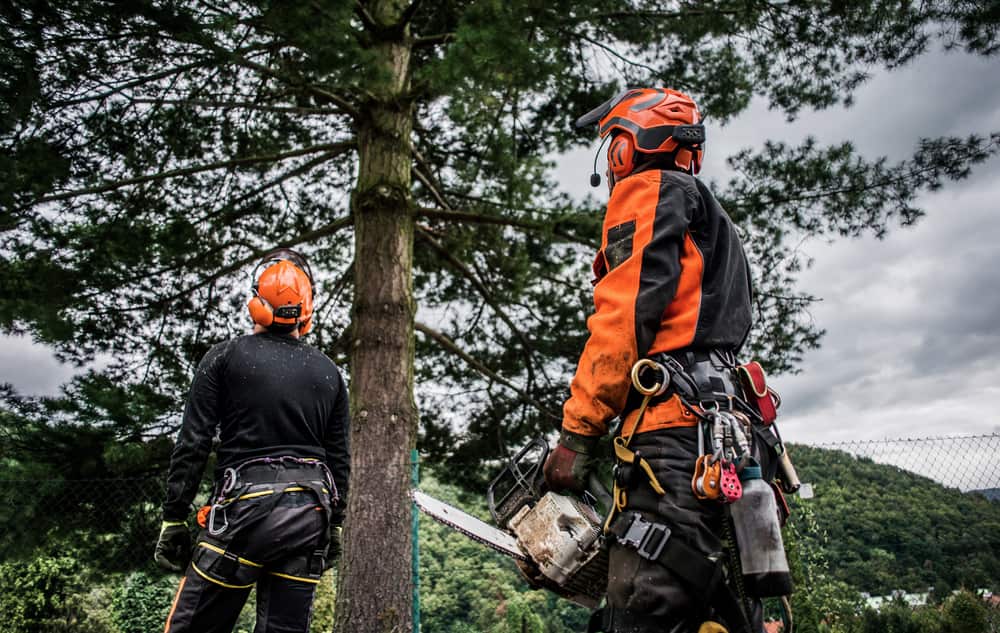Canned food is a staple in many kitchens, offering convenience, nutrition, and longevity. Understanding how long canned food lasts can make meal planning easier and keep your kitchen organized. Knowing expiration dates, storage techniques, and the types of canned items you have allows for efficient rotation and use. By being aware of canned food longevity, you can avoid waste, save money, and create a more structured kitchen environment. Organizing your pantry becomes simpler, and you always know what ingredients are available for quick and healthy meals.
Understanding Canned Food Longevity
Canned foods have a remarkable shelf life thanks to their sealed containers that preserve nutrients and prevent spoilage. Most canned goods can last:
- High-acid foods (tomatoes, citrus, pineapple): 12-18 months
- Low-acid foods (meat, beans, vegetables): 2-5 years
- Shelf-stable items (broth, evaporated milk): 1-2 years
Storing cans in a cool, dry place away from sunlight and humidity helps maintain their quality. Proper rotation, using older cans first, ensures freshness and reduces clutter. Safety tips clarify how long does canned food last for everyday use.
Benefits of Knowing Canned Food Lifespan
Being aware of how long canned food lasts provides multiple advantages:
- Meal Planning Made Easy: You can plan recipes around items that are near their best-by date.
- Reduced Waste: Using cans before they expire ensures nothing goes unused.
- Time-Saving: Knowing what is available at a glance reduces the need for last-minute grocery trips.
- Budget-Friendly: Buying in bulk and using items efficiently saves money.
Experts highlight how is powdered milk made for safe canned food consumption.
Organizing Your Kitchen with Canned Food
Canned food can significantly enhance your kitchen organization when managed well:
- Labeling and Categorizing: Group cans by type, such as vegetables, fruits, beans, or proteins, and label shelves clearly.
- First-In, First-Out Method: Place newer cans behind older ones to ensure older items are used first.
- Shelf Management: Use clear containers or racks to separate different canned goods for easy access.
- Inventory Tracking: Keep a simple list of canned foods with purchase or expiration dates to stay updated.
Practical Tips for Efficient Pantry Use
Implementing these small strategies boosts efficiency and keeps your kitchen orderly:
- Regularly check cans for dents or leaks to maintain safety.
- Keep a rotation schedule to use items in order of purchase.
- Pair canned items with fresh ingredients for balanced meals.
- Create a dedicated space for canned goods to prevent overcrowding.
Knowing how long canned food lasts is more than just a safety measure it is a key tool for kitchen organization. By understanding shelf life, implementing effective storage methods, and practicing inventory management, you can maintain an orderly, efficient, and budget-friendly kitchen. Properly managed canned foods make meal preparation quicker, reduce waste, and ensure you always have nutritious options available. A well-organized pantry is not only visually appealing but also a foundation for smoother daily cooking routines.








